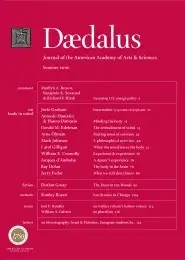Assessing U.S. energy policy
For decades, our political leaders have told us that we need to use energy more efficiently and derive more of it from domestic sources.1 Since the energy crisis of 1973, U.S. presidents have declared the need to gain independence from unstable foreign energy suppliers and to do so with the same moral fortitude as if fighting a war. Some politicians have proposed massive government programs to achieve the goals of their energy policies; others have sought to unleash free-market forces that would encourage companies to develop novel sources of energy and motivate consumers to use energy more wisely.
Despite more than three decades of such efforts, the United States has not achieved the goal of energy independence. While progress in adopting more energy-efficient technologies has saved billions of dollars throughout the economy, most other indicators of energy autonomy–such as the percentage of imported fuel–demonstrate that the country has become less independent than ever. President Bush acknowledged this fact in his recent State of the Union address, telling Americans that the country has become “addicted to oil” and urging citizens to find alternative ways to satisfy their energy needs. For those with a sense of history, Bush’s clarion call sounded eerily familiar.
Even though energy efficiency has taken root in some sectors of the economy, it has not compensated for the growth in energy consumption that has occurred since 1973, nor will it (if current trends continue) accommodate the growth that forecasters anticipate in coming decades. Moreover, America’s dependence on oil from insecure or politically unstable countries has required extensive diplomatic and military efforts that incur huge costs borne by energy users and taxpayers. Today’s information economy also remains inextricably tied to reliable power and to just-in-time manufacturing and distribution processes that depend on fleets of petroleum-guzzling trucks and airplanes. . . .
Access the full volume here.
